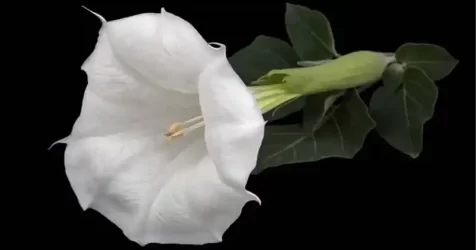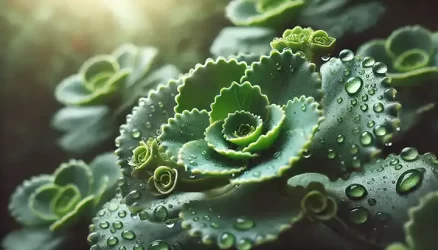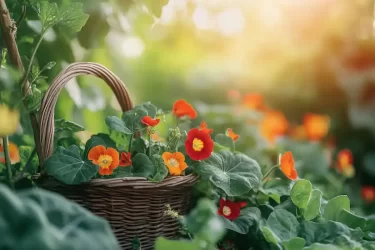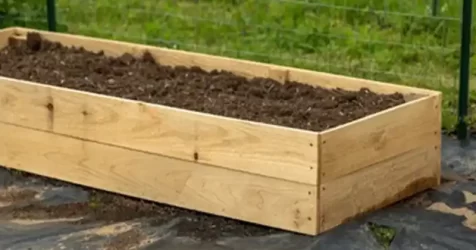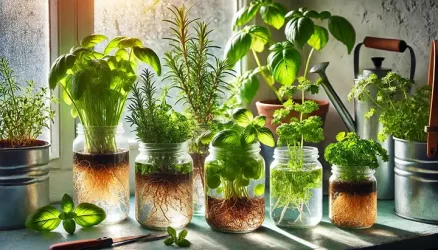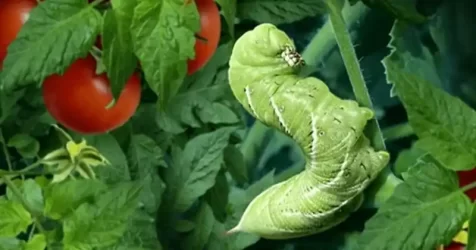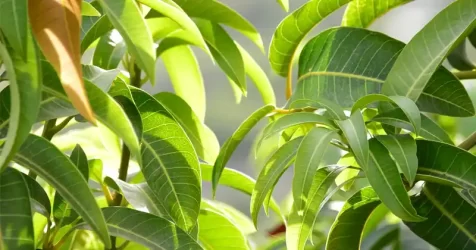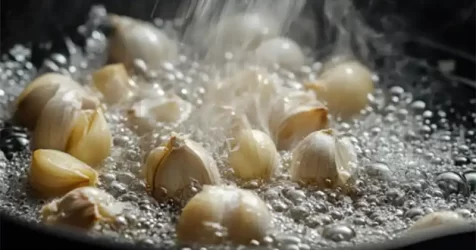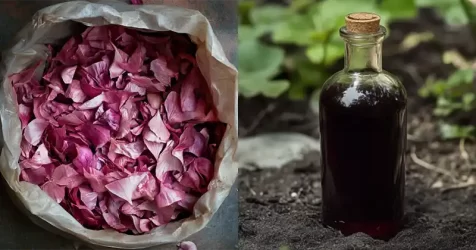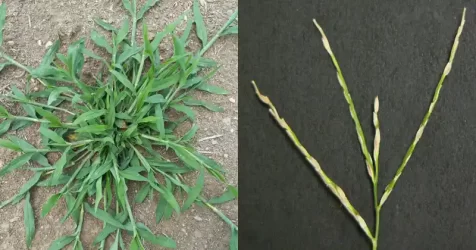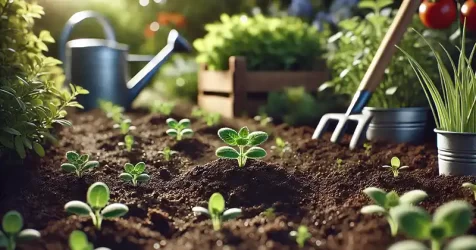5 Beginner Gardening Mistakes to Avoid When Growing Cardamom
Gardening enthusiasts often find the allure of growing cardamom irresistible. This aromatic spice, known for its intense flavor and fragrance, can be a rewarding addition to your garden. However, beginners may encounter certain pitfalls that can hinder their cardamom growing success. Here are five common gardening mistakes to avoid when cultivating cardamom, ensuring a bountiful and fragrant harvest.
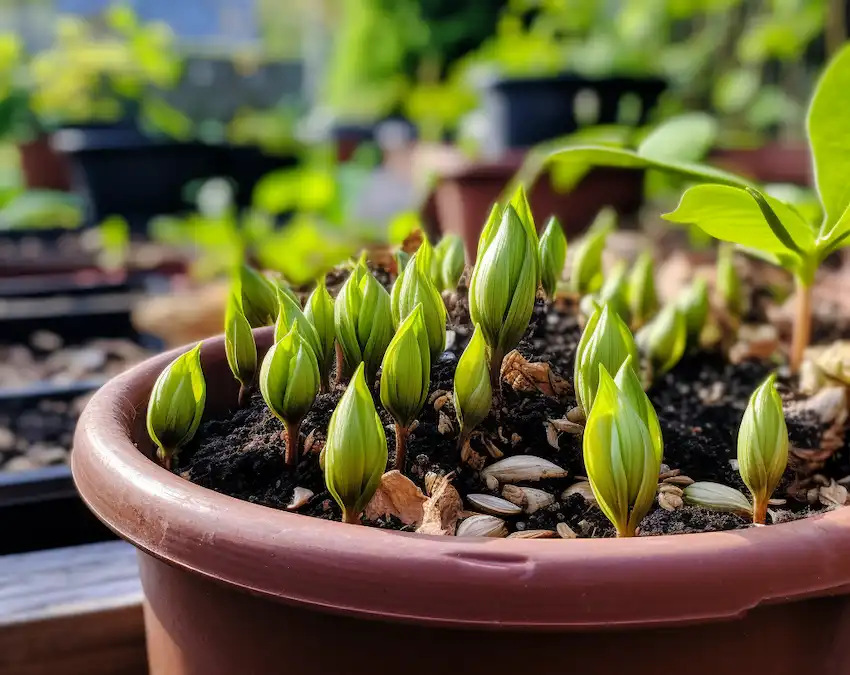
1. Ignoring Climate and Environmental Needs
Cardamom thrives in a specific climate, typically in zones 10-13, where the environment is humid and temperatures range between 50°F and 95°F. A common mistake is attempting to grow cardamom in an unsuitable climate without providing necessary adjustments, such as using greenhouses or indoor pots in cooler areas. Ensuring your cardamom plants receive the right amount of humidity and warmth is crucial for their development.
2. Overwatering or Underwatering
Watering practices significantly affect cardamom’s growth. This plant prefers consistently moist soil but does not tolerate standing water. Overwatering can lead to root rot, while underwatering can stress the plant, leading to poor growth and yield. The key is to maintain a balance by checking the soil moisture regularly and adjusting your watering schedule accordingly.
3. Neglecting Soil Quality and Drainage
Cardamom requires rich, well-drained soil to flourish. Ignoring the soil quality and not incorporating organic matter or compost can lead to nutrient-deficient plants. Additionally, poor drainage can cause water to accumulate around the roots, leading to diseases. Enhancing your garden soil with organic matter and ensuring proper drainage will create an ideal environment for cardamom plants.
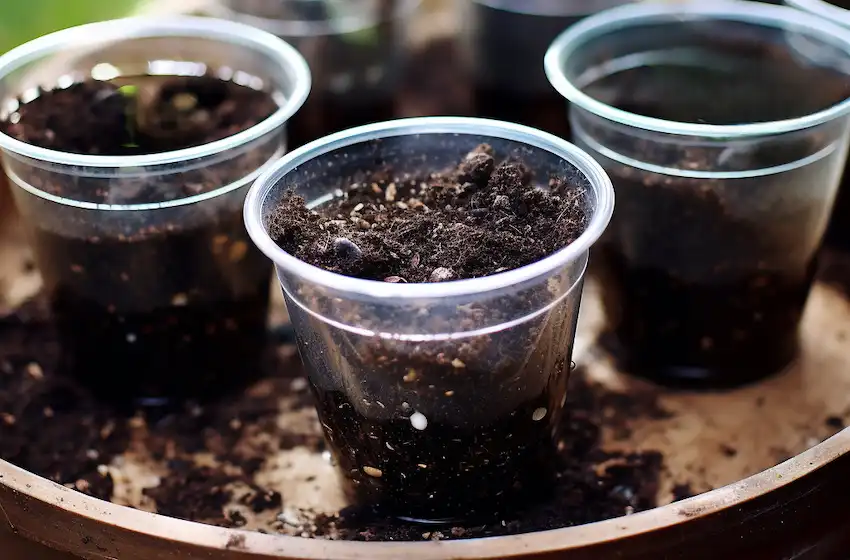
4. Overlooking Pest and Disease Management
Beginners often underestimate the importance of monitoring their cardamom plants for pests and diseases. Common issues like spider mites, aphids, and fungal infections can quickly escalate if not addressed promptly. Regular inspections of your plants, along with organic pest control methods and proper hygiene practices, can prevent infestations and diseases from damaging your crop.
5. Failing to Prune or Harvest Correctly
Cardamom plants need regular pruning to encourage growth and increase yield. Failing to remove dead or yellowing leaves can hinder plant health. Moreover, incorrect harvesting techniques can damage the plant and reduce future yields. Understanding the proper time and method to harvest cardamom pods is essential for maximizing your harvest while maintaining plant health.
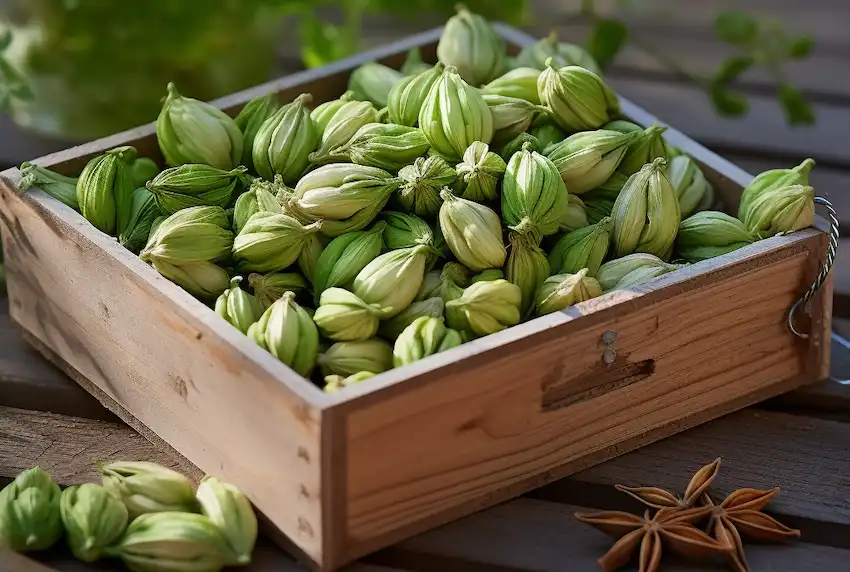
Growing cardamom can be a challenging yet rewarding experience for beginner gardeners. By avoiding these common mistakes, you can ensure your cardamom plants thrive, providing you with a fragrant and flavorful spice for your culinary creations. Remember, gardening is a learning process, and each mistake is an opportunity to grow and improve your gardening skills.

